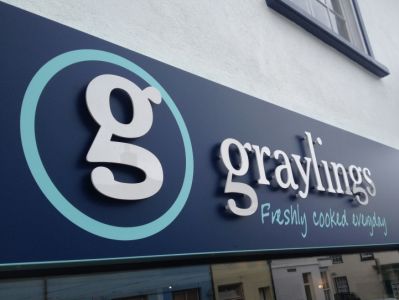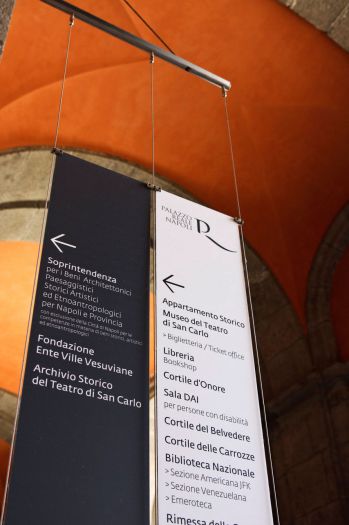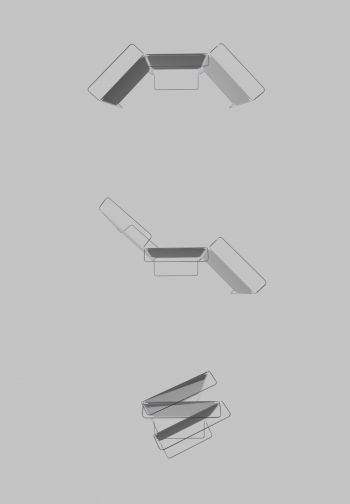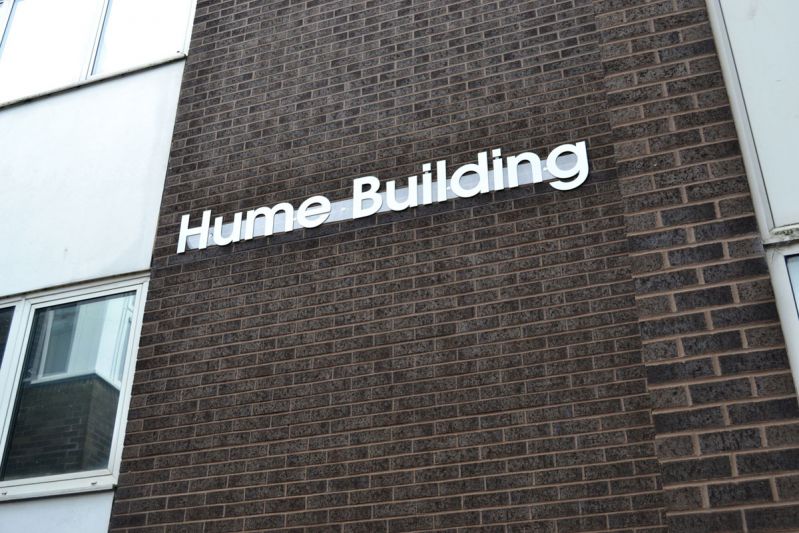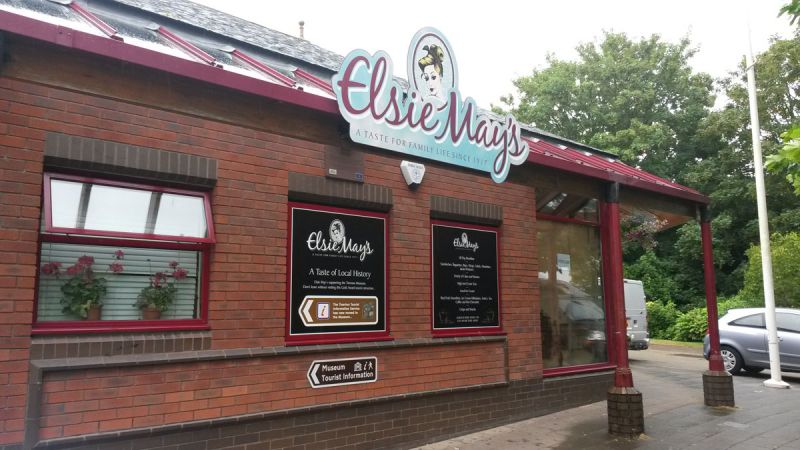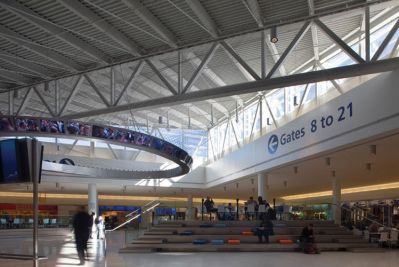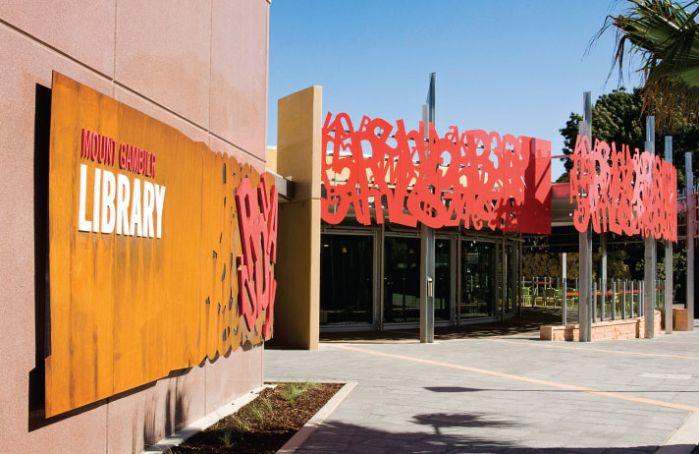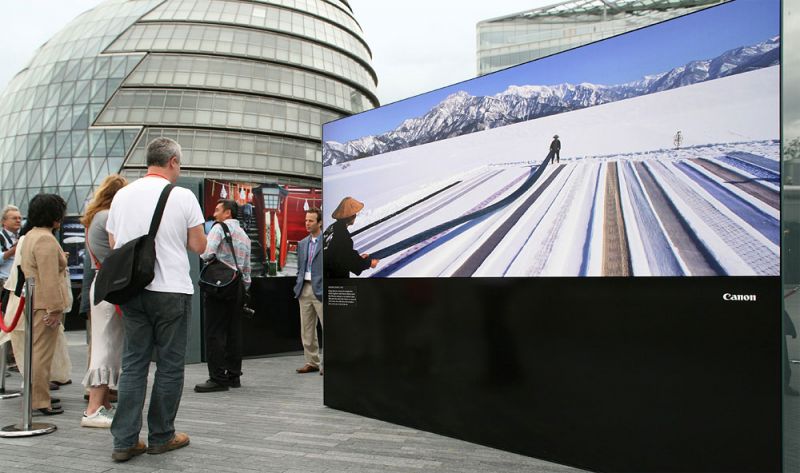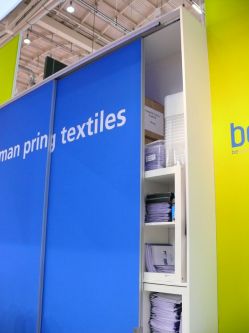Exterior signage serves as your brand’s first impression to pedestrian traffic. The sign can, when executed correctly, showcase your brand’s image. There are several factors taken into account in terms of the design of your exterior signage.
Articles by Application: [ERRWPI94]
The Importance Of High Performance Materials In Wayfinding
Wayfinding is an extremely important component of architectural design. Aisle markers, campus signs, terminal indicators and medical wing directions all provide a service in saving time but also create a “system” that is not only signage, but aids in the development of a brand by combining marketing, identity and design.
Dibond Collapsible Exhibition Celebrates 450 Years of History of the City of Oaxaca
A three-dimensional story telling exhibition was created by Gustavo Fricke to celebrate 450 years of Oaxaca history. Numerous prototypes were produced with the designer stating, “…the basic concept was to obtain the largest exhibition area with a system that could collapse; making it easier to travel around the country.”
School Creates New Wayfinding System With Dibond Aluminum
Wayfinding has been used in architecture for many years, but has now become an essential part of a building’s design. It not only encompasses the rudimentary idea of navigation of a structure but also a continuation of the building’s personality and identity.
UK Shop Branding Inspired by 1950s American Diner Using Dibond ACM
Elsie-May, of the town of Tiverton, was well known for her cake-making and catering skills, leaving behind a slew of early 20th century family recipes. Her legacy lives on with the establishment of Elsie-May's café/coffee shop by her granddaughter, Mandy Jenks. The Jenks family café was inspired by the retro American-style diner, that theme is carried out throughout the branding on both the interior and exterior.
Tradeshow Exhibit Uses Over 200 Custom Fabricated Dibond Panels
Over 200 Dibond panels were printed and routed to custom specifications for mounting in pre-assembled trade show displays by custom printer and fabricator PrintB3. The graphics were produced under strict time constraints, making the accessibility and workability of the materials essential.
JetBlue Terminal Showcases Brand’s Identity With Interior Signage
JetBlue’s JFK terminal T5 was a very important project for the relatively young airline. It was their first terminal in which they had direct input in its planning and design. Architectural and design giant, Gensler, had the extraordinary task of designing a terminal that did not take away from the Saarinen design of the exterior.
Stunning Typographic Exterior Signage Uses Red Dibond ACM
Brown Falconer Architects collaborated with urban infrastructure specialists, Groundplay, in the design of the Mount Gambier Library in South Australia.
The striking, typography-inspired exterior screen was constructed using Dibond aluminum composite material.
Beautiful Japanese Art Exhibition Uses ACM Substrates
Hiroji Kubota is one of Magnum Photo and Japan’s leading photographers. His life’s works focus on a plethora of themes from documenting Asia’s diverse culture to American history.
Producing panoramic photographs of cityscapes, landscapes and daily life in Japan, the pieces for this exhibition took four years to compile.
Sliding Door System Uses Dibond ACM
One of Comhan Holland’s many indoor tensioning systems is a lightweight sliding-door frame system called T-Door.
The quick and easily assembled design has a variety of applications such as; exhibition stands, screening/separation in showrooms, warehouses, storerooms, retail displays, and other interior applications.


